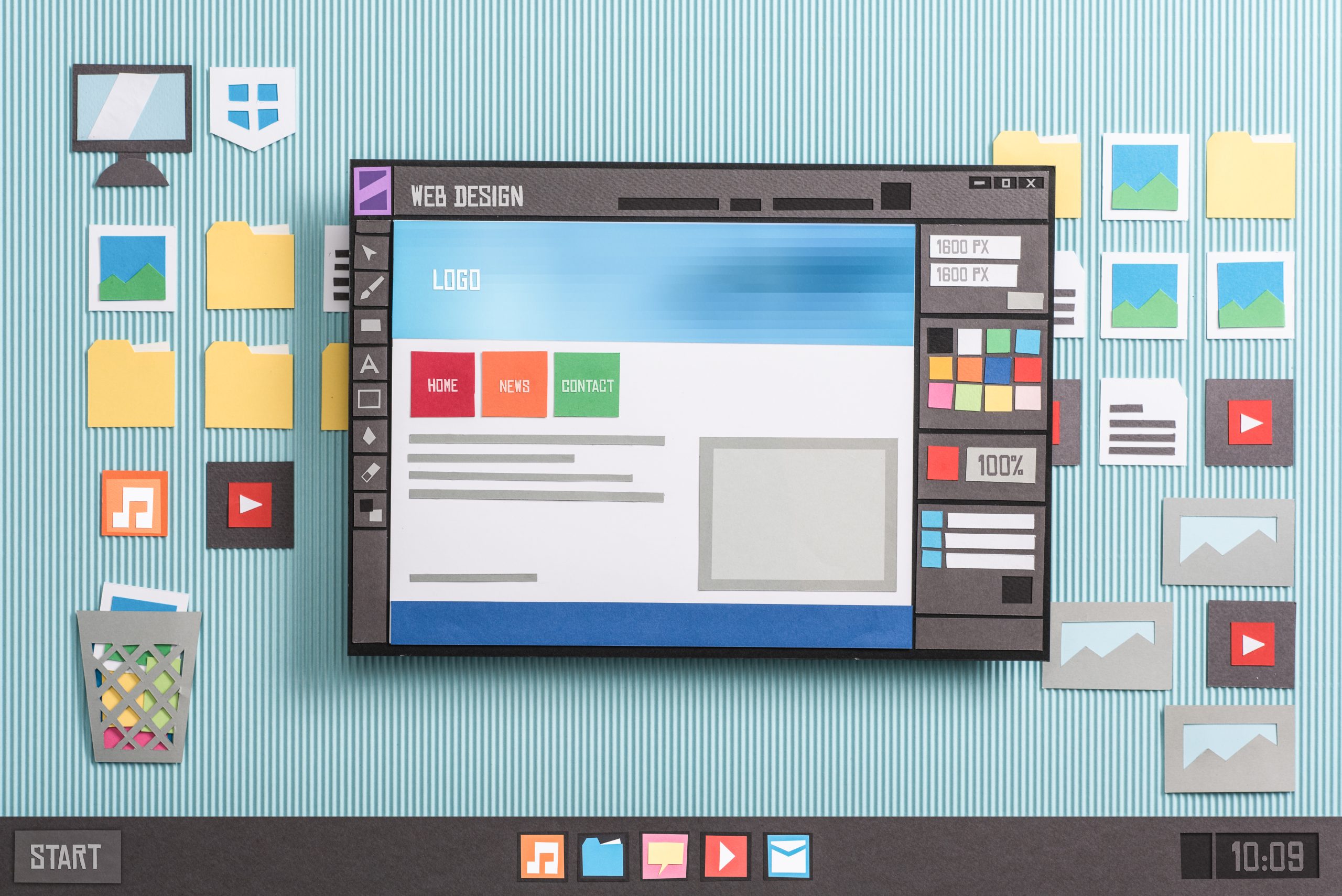Technological advancements are happening constantly, all around us, and at a rapid pace. It is important for websites and apps to stay ahead of the curve by striving every day to understand and adapt to the ever-changing digital realm. In order to remain relevant in the virtual world, digital platforms need to implement a responsive web design, embrace immersive and interactive web design, value accessibility and inclusivity, and strive to be eco-friendly and sustainable. In this post, I will discuss the importance of each of these elements and their relationship to the future of digital design.
Responsive Web Design
A responsive web design is pertinent to remaining current in the digital world. Very few people spend more time on a desktop than they do on their smartphones nowadays, so web designs must adapt to this. A great responsive web design looks and functions well across a multitude of other platforms, from smartwatches to massive monitors. The more adaptable a web design is, the larger the audience it can reach and the more future-proof it will remain.
Interactive Web Design
The web is saturated with similar information and services presented in thousands of different forms through countless different websites. For a website to stand out among others that offer the same content, it must be engaging, immersive, and fun for the user. Elements such as visual storytelling, interactive product demonstrations, and virtual tours are a few of the many ways to keep a website exciting for users. An example of a successful interactive design is the language learning app, Duolingo. This app gamifies learning a language by presenting the user with challenges, involving competition with leader scoreboards, and using fun graphics and sounds that keep the user engaged and spending more time on the app.
Accessibility and Inclusivity
Valuing accessibility and inclusivity is ethically imperative and undeniably important for remaining relevant in the future of digital design. The modern world demands a heightened focus on web design that is easily available to anyone and everyone, regardless of physical or cognitive capabilities. Progressions in this area include advanced keyboard navigation, semantic markup, inclusive visuals, and intuitive navigation.
Sustainability
It is vital to our global sustainability goals that digital design evolve to be more green and eco-friendly. This is currently being done in so many ways, including optimizing codes to consume less energy and focusing on high-quality over high-quantity content so that it does not need to be recreated. Actively minimizing our carbon footprint is an essential activity that will continue to be a vital part of the future of the web.
Conclusion
In the real and digital worlds, things are changing and progressing every second of every day. Our one constant is that we must continuously learn and adapt to these changes to keep up with the future. To be successful in digital design, frequent education of new trends and innovative thinking are crucial. A great web design should be responsive, immersive, and interactive. It is also ethically important for web designs to be accessible, inclusive, and sustainable. Following these rules and keeping up with web developments will ensure digital relevance in the future.

